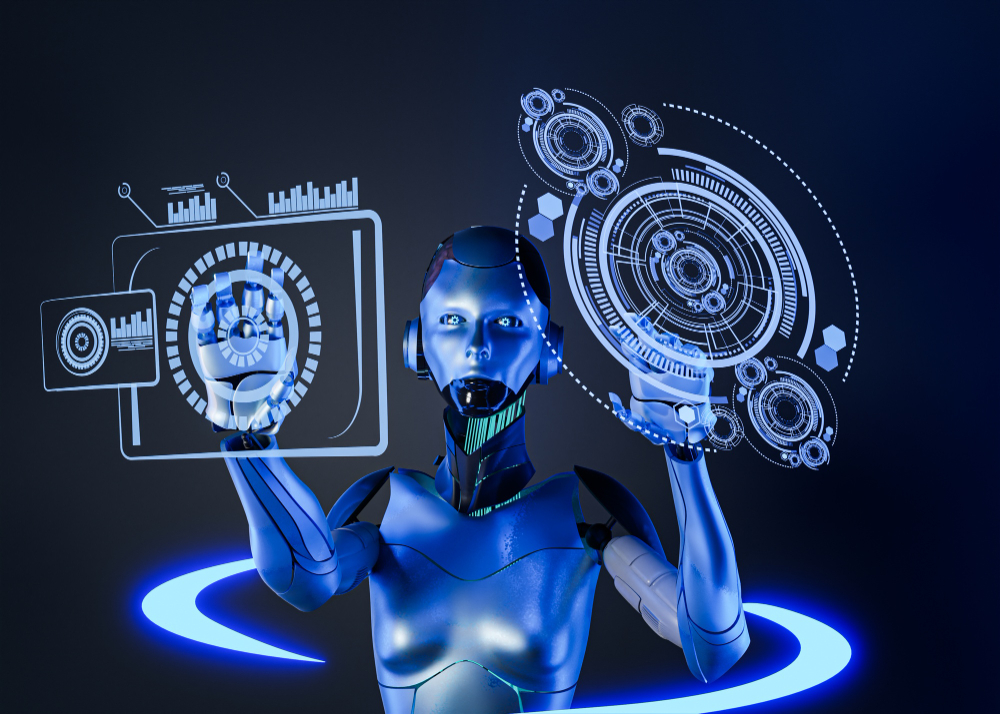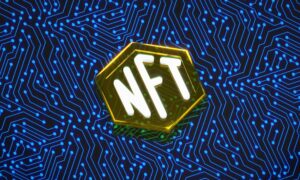Integrating computer vision and machine learning in automation and wireless temperature monitoring has been a game-changer in the rapidly evolving industrial landscape. These two technologies, both subfields of artificial intelligence (AI), work harmoniously to significantly advance automated systems, particularly in defect detection, process monitoring, and temperature control. By leveraging computer vision and machine learning algorithms, manufacturers can detect anomalies, identify quality issues, and optimize processes in real-time. At the same time, wireless temperature monitoring ensures accurate and continuous monitoring of temperature-sensitive operations. This powerful combination enables improved product quality, operational efficiency, and overall productivity in industrial settings.
What Does Mean By Computer Vision?
Computer vision is an AI technology that allows computers to ‘see’ or visualize and react to their environment. It works by converting digital images and videos into formats that machines can interpret and analyze. This technology has the ability to discern visual elements much like a human but with greater speed and accuracy, surpassing human limitations such as fatigue or subjectivity.
Computer vision techniques involve image acquisition, image processing, and image analysis and understanding. These processes help machines to identify objects, detect patterns, and classify visual data, thus becoming an integral part of many industrial applications.
What Does Mean By Machine Learning?
Machine learning, another key subset of AI, allows systems to improve through data, identify patterns, and make decisions with minimal human intervention. Unlike traditional programming where rules are explicitly defined, machine learning algorithms use historical data as their guide. They learn from previous computations to produce consistent decisions and results.
Machine learning is categorized into supervised learning, unsupervised learning, semi-supervised learning, and reinforcement learning. Each of these techniques has unique strengths and is decided on according to the specific requirements of a task.
Integrating Computer Vision and Machine Learning
The intersection of CV and ML has been transformative, particularly for industrial automation. This integration allows systems to analyze product images in real-time, identify anomalies, and predict potential deviations in processes. This synergy has dramatically increased the potential and efficiency of automated systems.
Automated Defect Detection
In industries where stringent quality control is non-negotiable, such as manufacturing, food processing, and textile, automated defect detection plays a pivotal role. Combining ML and CV allows for the swift and efficient identification of defects, thereby enhancing productivity and reducing costs associated with manual inspection.
Computer vision technology can scan and inspect products faster than human inspectors. Coupled with machine learning, these systems are capable of identifying a wide range of defects by learning from past data. This capability allows for the detection of even the most subtle anomalies, which might be missed by human inspection. Defects are swiftly identified, classified based on severity, and reported, enabling businesses to make timely and informed decisions about a product’s usability.
Process Monitoring
The benefits of integrating computer vision and machine learning extend to process monitoring, particularly in industries like chemical production, semiconductor manufacturing, and other sectors involving complex and sensitive processes. Here, even minor deviations can lead to significant quality issues, safety risks, or even legal compliance problems.
Computer vision technology can capture and digitize process parameters in real time. Machine learning algorithms then analyze this data, learn the standard operational patterns, identify deviations, and predict potential issues before they materialize. This predictive capability allows businesses to avert costly downtime, reduce product wastage, and enhance overall operational efficiency.
Powering Automated Systems
Achieving optimal performance in advanced automated systems requires high-quality electrical and power components. This is where component suppliers step in, providing the necessary parts that manufacturers need to power these systems. One such supplier is IFM, a renowned company known for innovative solutions in the field of automation technology.
IFM has a robust portfolio of products, including a wide range of electronic sensors, that are integral to powering advanced automated systems. These sensors play a crucial role in computer vision and machine learning applications, providing the input data that these systems need to function effectively.
IFM’s electronic sensors are designed to deliver high performance in a variety of industrial environments. They offer precise measurements and robust data, which are essential for accurate defect detection and process monitoring.
Additionally, these sensors have been designed with reliability in mind, ensuring stable operation over extended periods and under varying conditions. This contributes to the overall efficiency and reliability of automated systems, reducing the risk of system failure and ensuring consistent performance.
Industry-specific Applications and Case Studies
Numerous industries have started reaping the benefits of integrating computer vision and machine learning in their processes. In the automotive industry, for instance, these technologies are used to detect defects such as paint scratches or dent marks on car bodies. In the semiconductor industry, they are used to inspect wafer quality and detect microscopic defects that can affect the performance of electronic devices.
A notable case is a leading car manufacturer that used an AI system integrating computer vision and machine learning for quality inspection. The system was comprehensively trained on thousands of images of various car parts to detect even the smallest abnormalities. As a result, the manufacturer saw a significant reduction in defects that passed through the inspection process, enhancing the overall quality of their cars and customer satisfaction.
In the pharmaceutical industry, AI-driven systems are used for real-time monitoring of drug manufacturing processes. These systems can predict deviations in the process parameters that could potentially lead to quality issues in the final product, allowing for timely corrective actions.
Combining AI Vision and Learning
Thanks to emerging AI technologies, fool-safe automated defect detection and process monitoring are possible. By enabling machines to ‘see’ and ‘learn’, we can now detect defects and anomalies with unmatched precision, speed, and reliability, thereby significantly improving productivity, efficiency, and safety in various industries.
While there are challenges, the fast-paced advancements in AI technologies and increased computational power are steadily overcoming these hurdles. As we look forward to the future, we can expect even more profound transformations in industrial automation.
The potential of these technologies is vast and we are only at the beginning of exploring their full capabilities. The future of industrial automation is exciting, and the integration of computer vision and machine learning is poised to be at the heart of this evolution.






























































